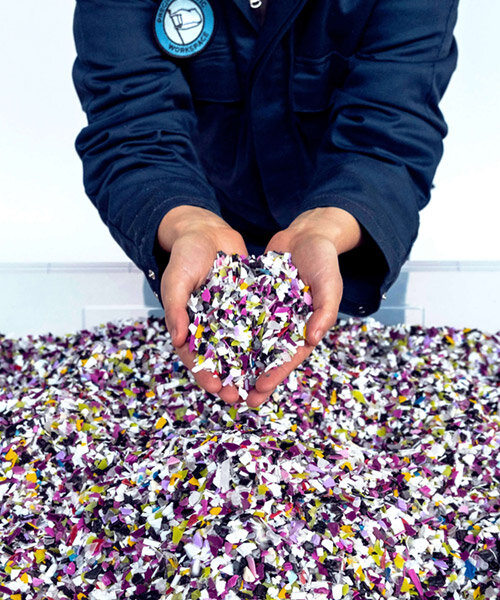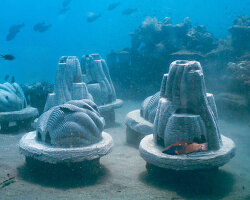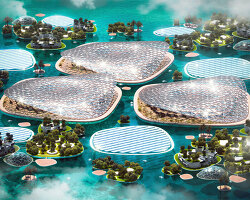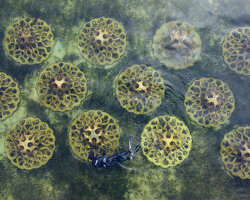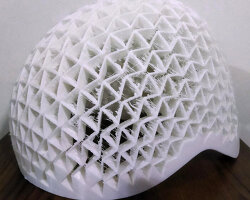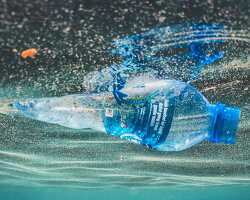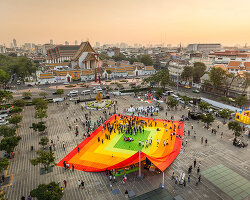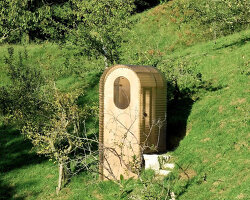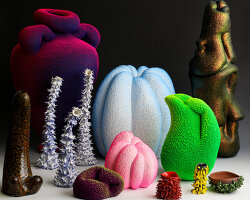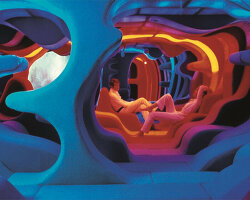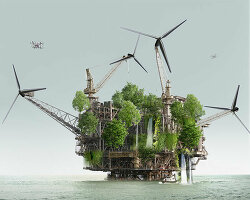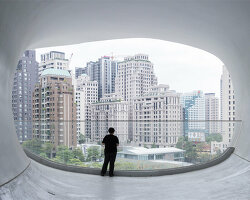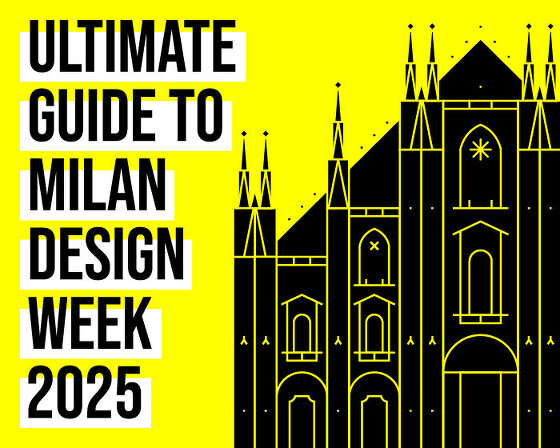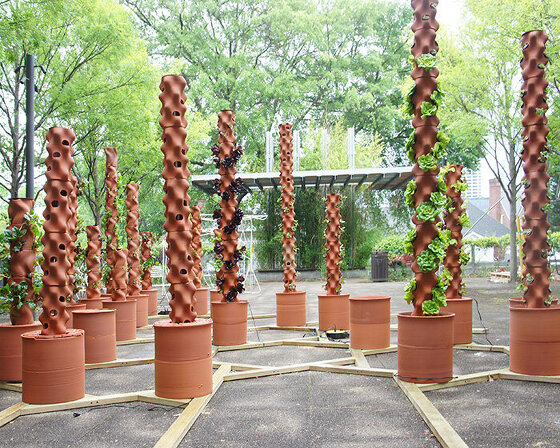a controversial material’s utopian past
VITRA design museum presents the exhibition ‘plastic: remaking our world’ as an exploration of the history and future of the controversial material. plastics have long symbolized of world of carefree consumerism and revolutionary innovation, opening the doors for designers and architects for decades. of course today, the dramatic consequences of the plastic boom have become so obvious that the material has lost its utopian connotation.
the exhibition will span its rise in the twentieth century, to its environmental impact, and to cutting-edge solutions for a more sustainable use in the future. exhibits will include rarities from the dawn of the plastic age and spectacular objects of the pop era as well as numerous contemporary designs and projects ranging from pragmatic product innovations to solutions for cleaning up the oceans and bioplastics made from algae or mycelium.
‘plastics: remaking our world’ will show at VITRA design museum from march 26th to september 4th, 2022.

staged to illustrate an article on ‘throwaway living,’ LIFE magazine, august 1st, 1955
photo by peter stackpole, © getty
plastics’ impact on the natural world
at VITRA design museum (see more here), the exhibition ‘plastic: remaking our world’ begins with a large-scale video installation spotlighting the conflicts linked to the production and use of plastic. timeless images of unspoilt nature are juxtaposed with film documents from one hundred years of plastic industry that impressively convey the ambiguous fascination of increasingly fast-paced automated production at rapidly diminishing costs.
the formation of fossil resources such as coal and oil took more than two hundred million years, while the synthetic materials made from them needed little more than a century to become a problem of planetary scale. an invention that promised to democratize consumption gave rise to a frenzied throwaway culture that threatens our global environment.
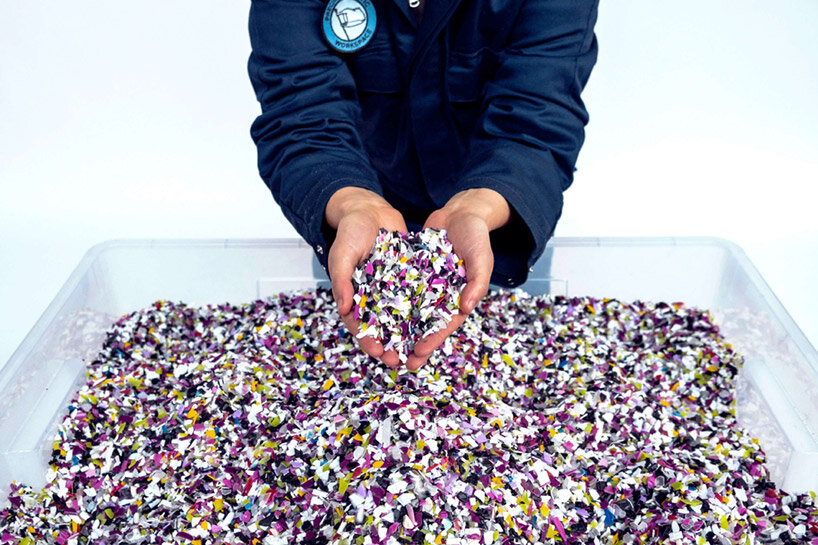
precious plastic, shredded plastic | courtesy of precious plastic
vitra design museum’s synthetic material retrospective
the second part of VITRA design museum’s exhibition follows the evolution of plastic and other synthetic materials from the mid-nineteenth century to the present. it looks back at the emergence of the first plastic materials, many of which were plant- or animal-based. gutta-percha, for example, a material used for decorative objects and insulation for underwater telegraph cables, was made from the latex of certain trees, while the shellac from which the first gramophone records were pressed is a resin secreted by scale insects.
early plastics are closely linked to colonialism as western european colonial powers exploited the forests of africa and southeast asia to obtain the natural resources they required. the first plastic made from purely synthetic components was invented in 1907 by leo baekeland, named bakelite, and hailed as a material of unlimited opportunities. being nonconductive, it was ideal for light switches, wall sockets, or radio sets and played a central role in the electrification of everyday life.
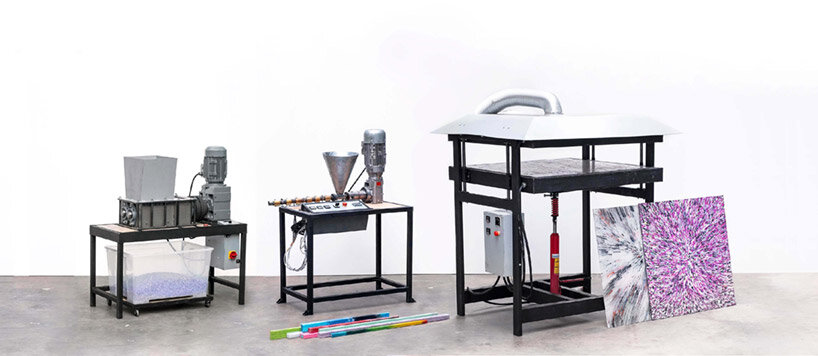
precious plastic machines version 4 including a shredder, extruder and sheet press | courtesy of precious plastic
what needs to change?
today, many scientists and designers are going back to exploring materials that are based on renewable rather than fossil resources and often referred to as bioplastics. the exhibition presents experiments with algae by dutch designers klarenbeek & dros, research on mycelium at the karlsruhe institute of technology, and a variety of projects dealing with other promising technologies. the british start-up company shellworks, for example, harnesses microorganisms to create plastic, while the university of portsmouth and eth zurich are both testing enzymes for plastic degradation.
as a whole, the exhibition ‘plastic: remaking our world’ offers a reassessment of plastic in today’s world that is both critical and differentiated. interviews with designers, scientists, and activists underline the importance of an interdisciplinary approach in which politics, industry, science, and design collaborate closely to tackle the plastic problem.
while it is true that each of us is a catalyst for change, there will be no simple remedy to this issue. for this reason, the exhibition aims to address the bigger picture of plastic and its complex role in our world: by analysing how we came to be so dependent on plastics, by showing how we can change this, and by reimagining possible futures for this contested material.
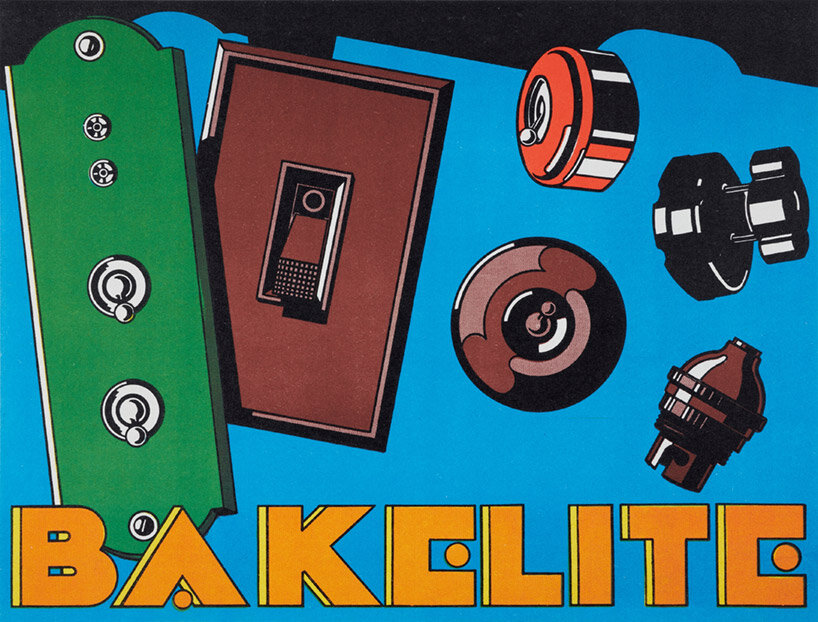
bakelite leaflet, 1930s | courtesy of amsterdam bakelite collection
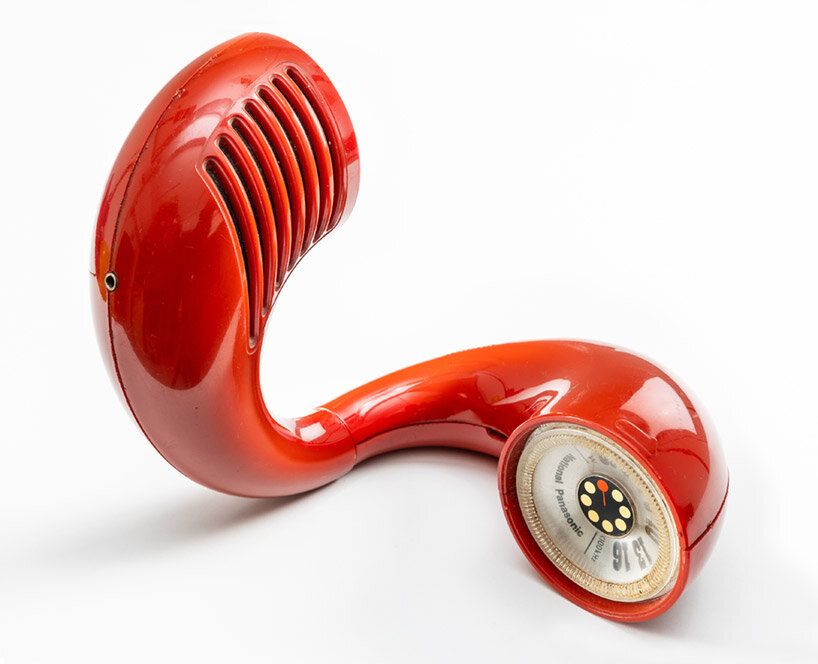
panasonic toot-a-loop R-72S radio, 1969–72 © vitra design museum | photo by andreas sütterlin
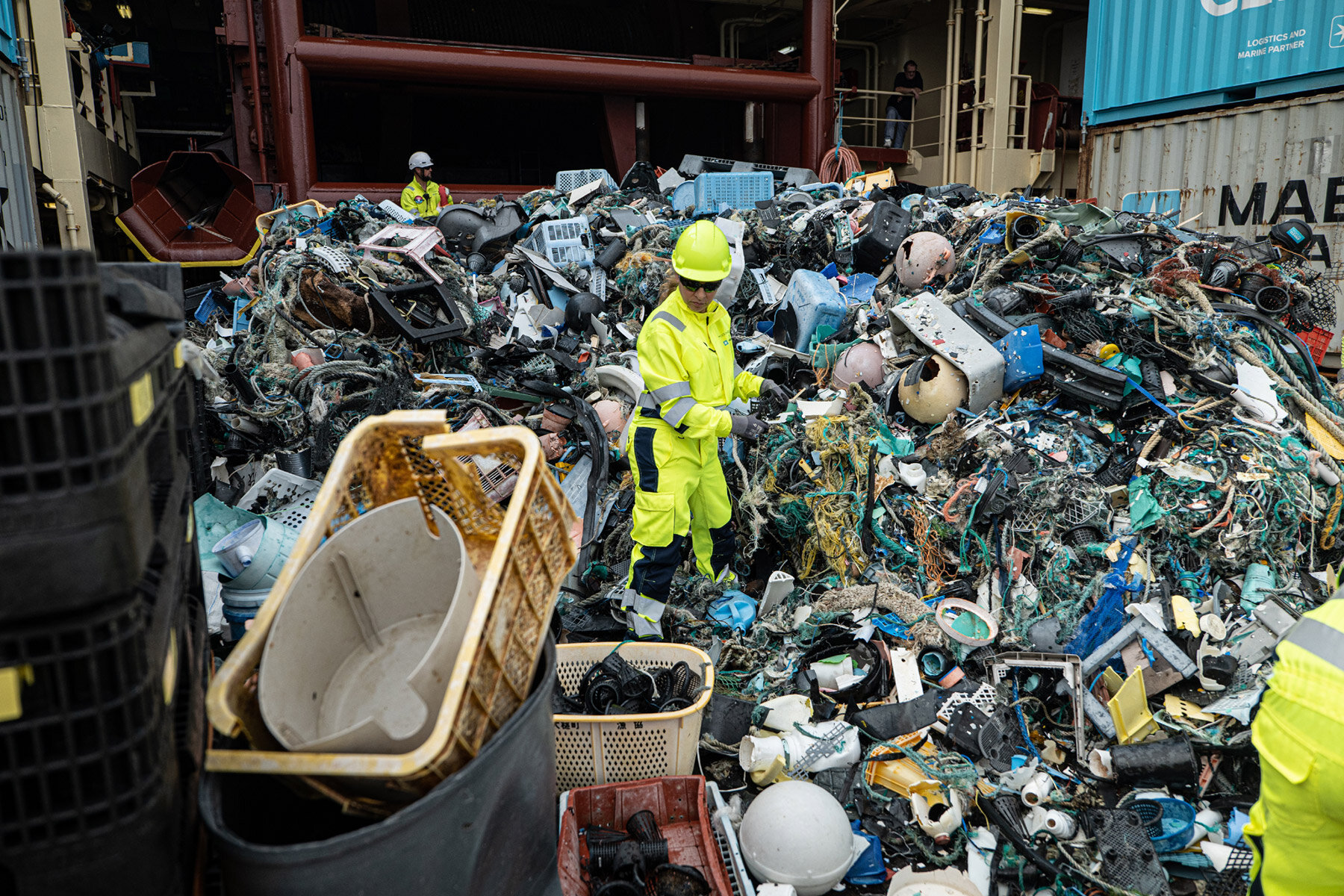
the ocean cleanup, crew sorting plastic on deck after system 002 extraction, october 2021 | © the ocean cleanup
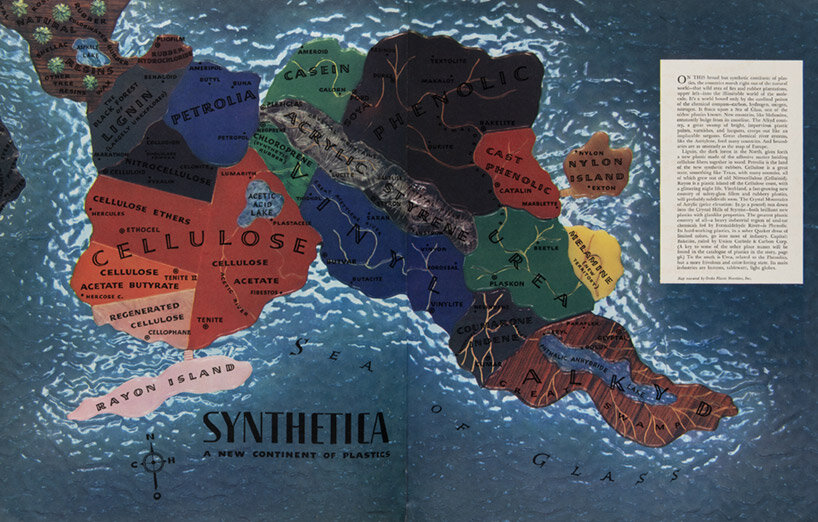
map of synthetica, a continent of plastics, ‘fortune’ magazine, 22 october 1940 | vitra design museum archive
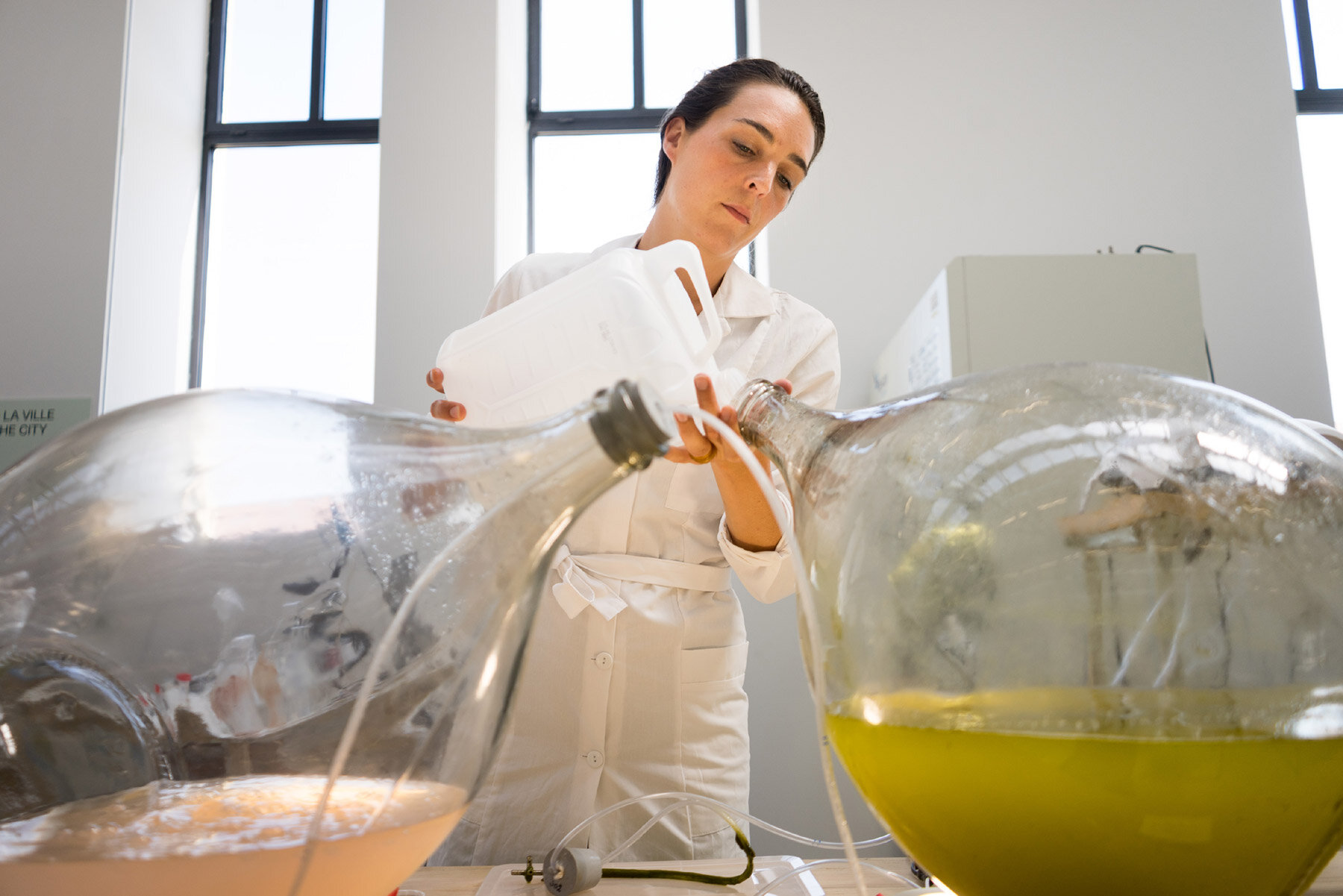
klarenbeek & dros in collaboration with luma, cultivation of microalgae for biopolymers
photo: antoine raab, courtesy of luma
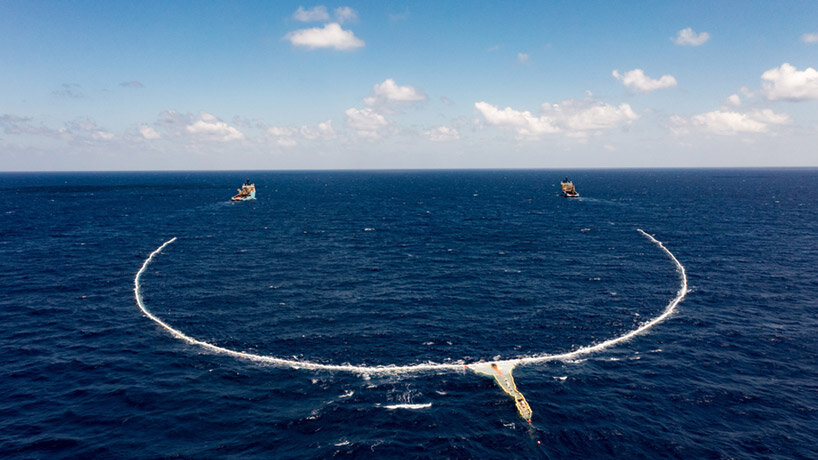
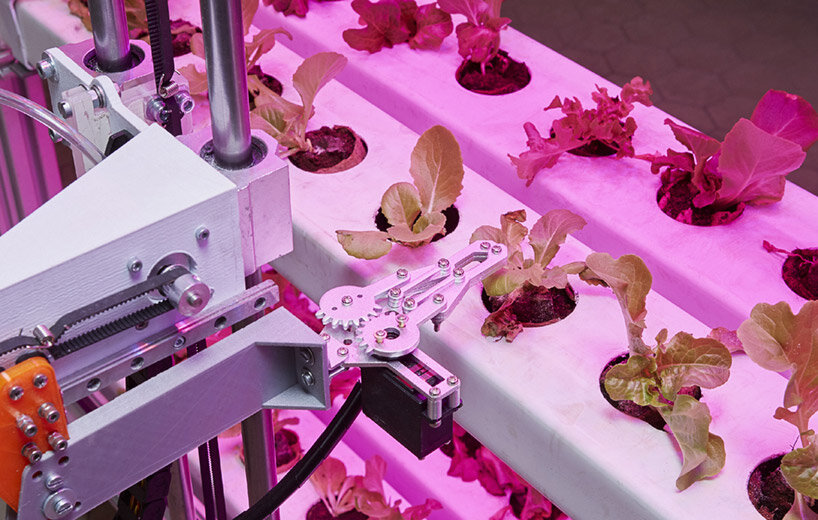
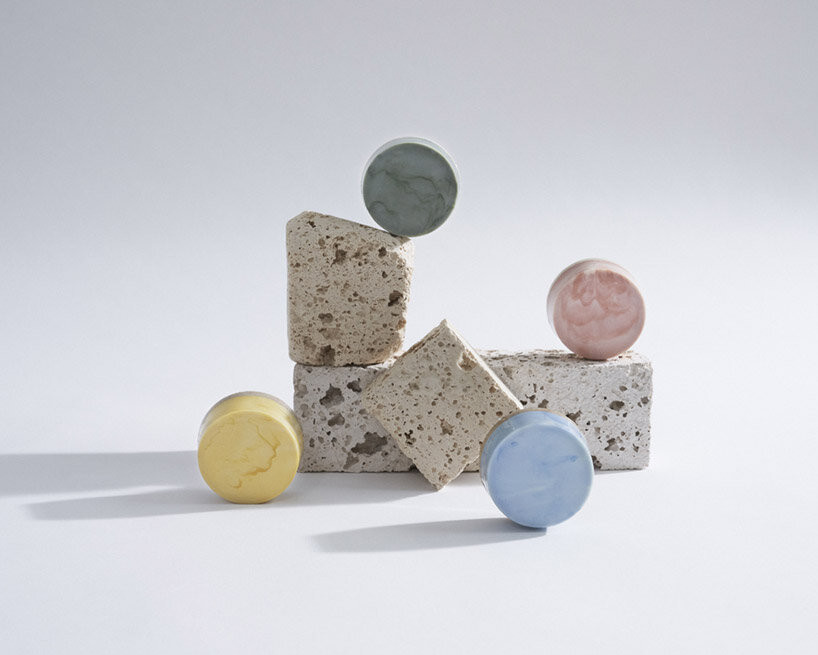
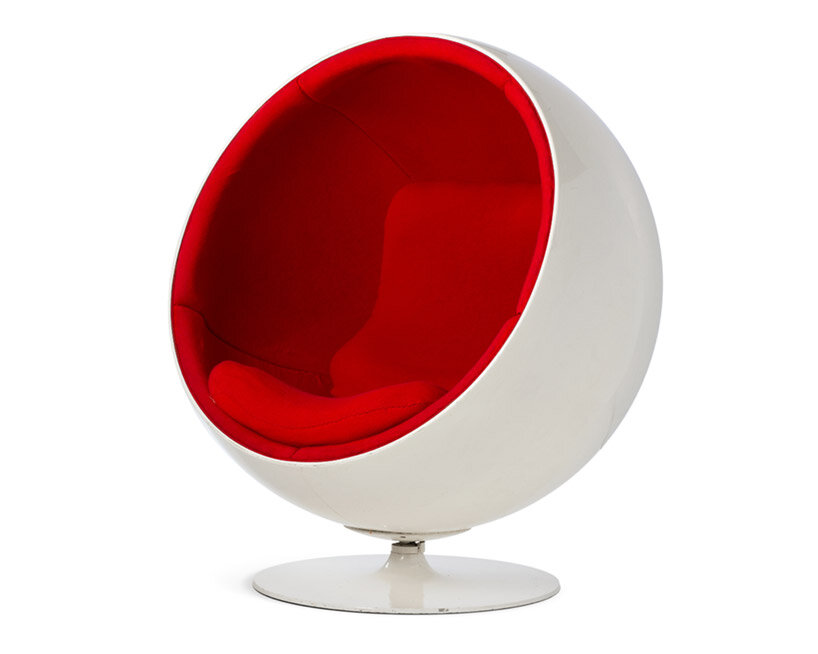
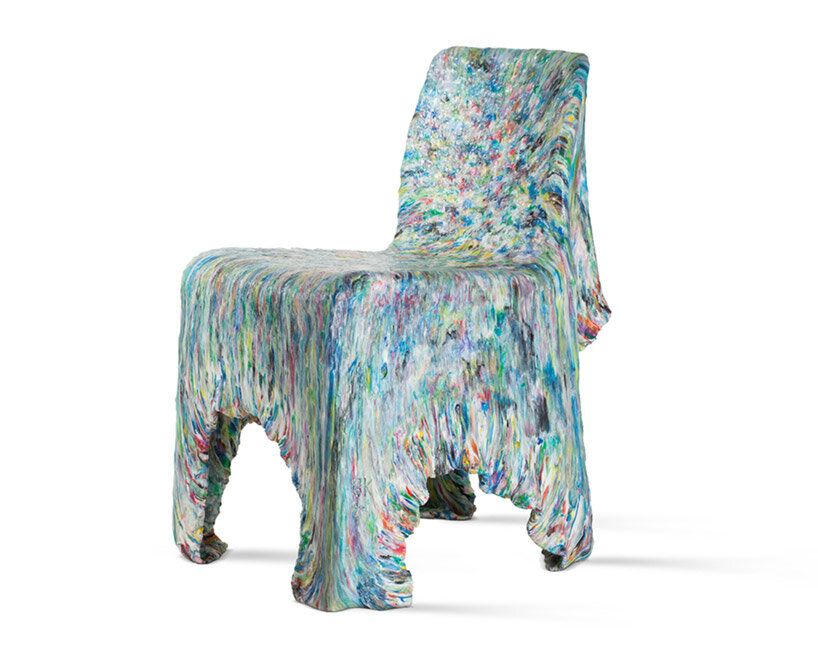
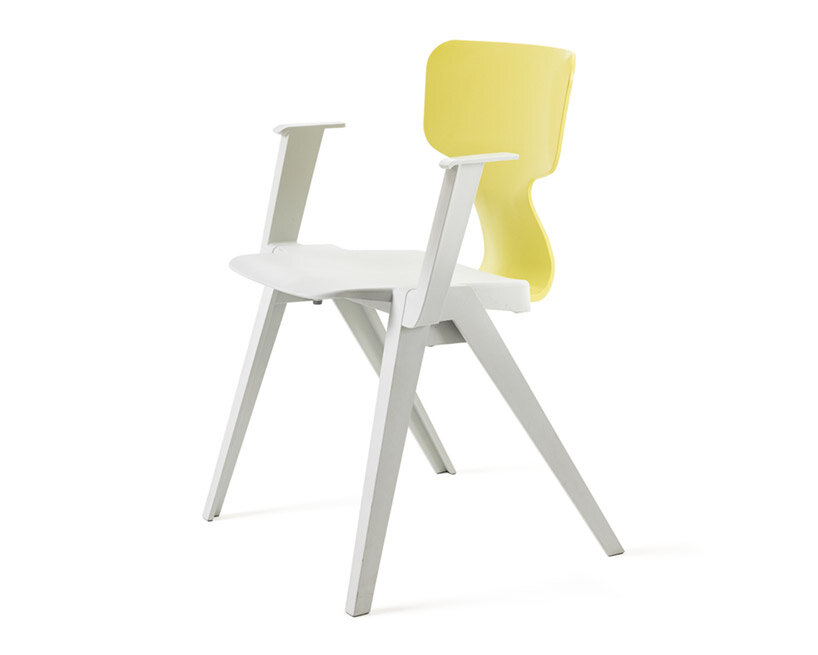
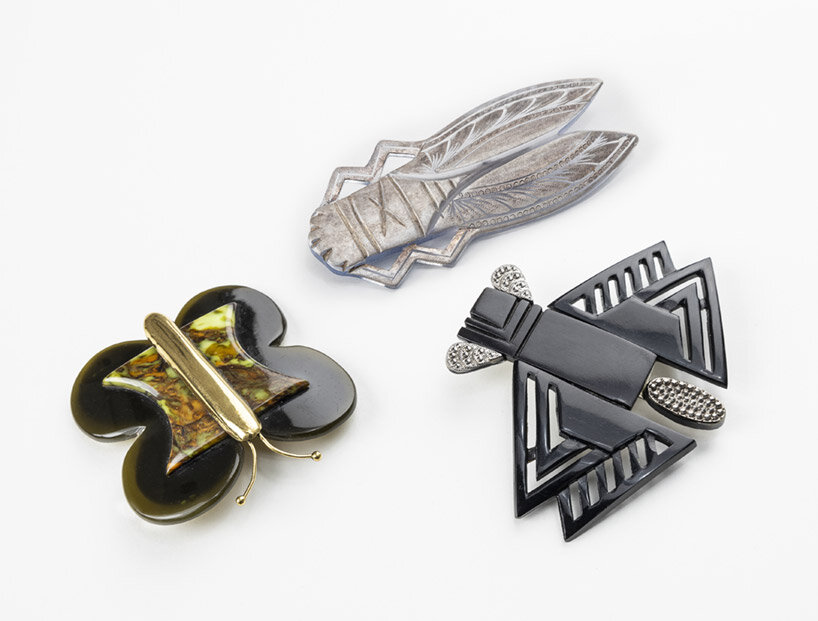
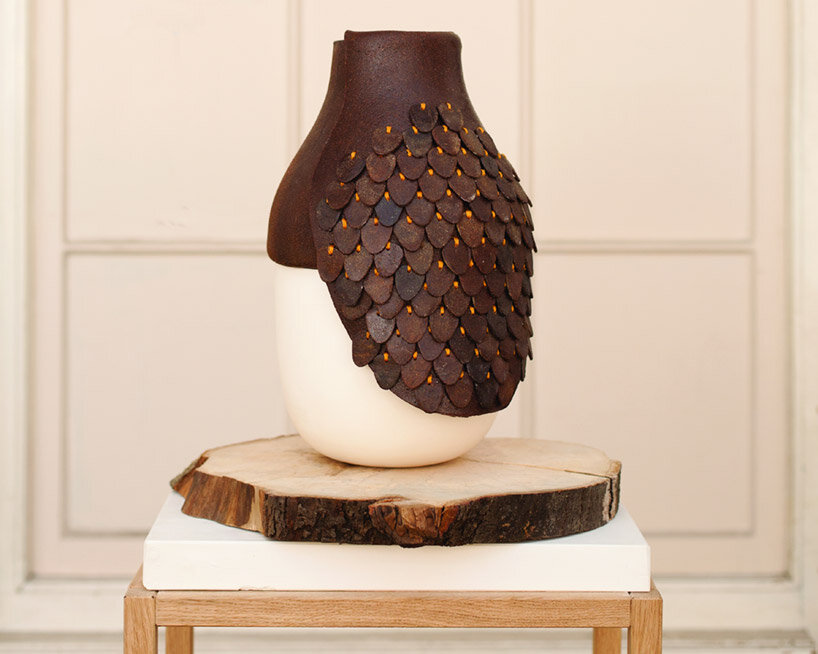
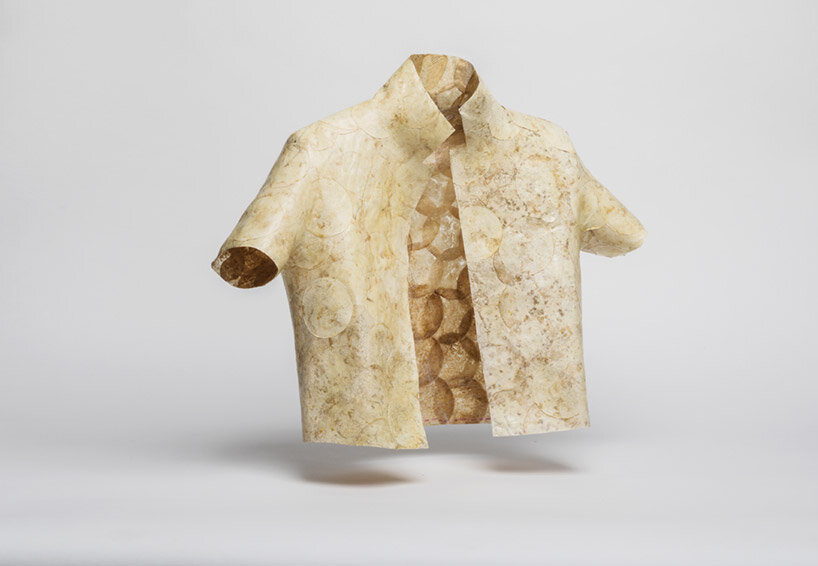
exhibition info:
title: plastics: remaking our world
location: VITRA design museum, weil am rhein, germany
dates: march 26th to september 4th, 2022
